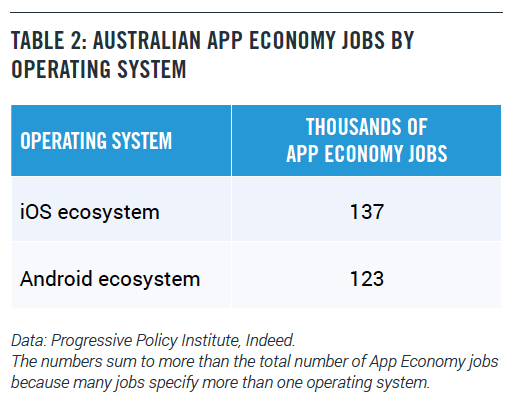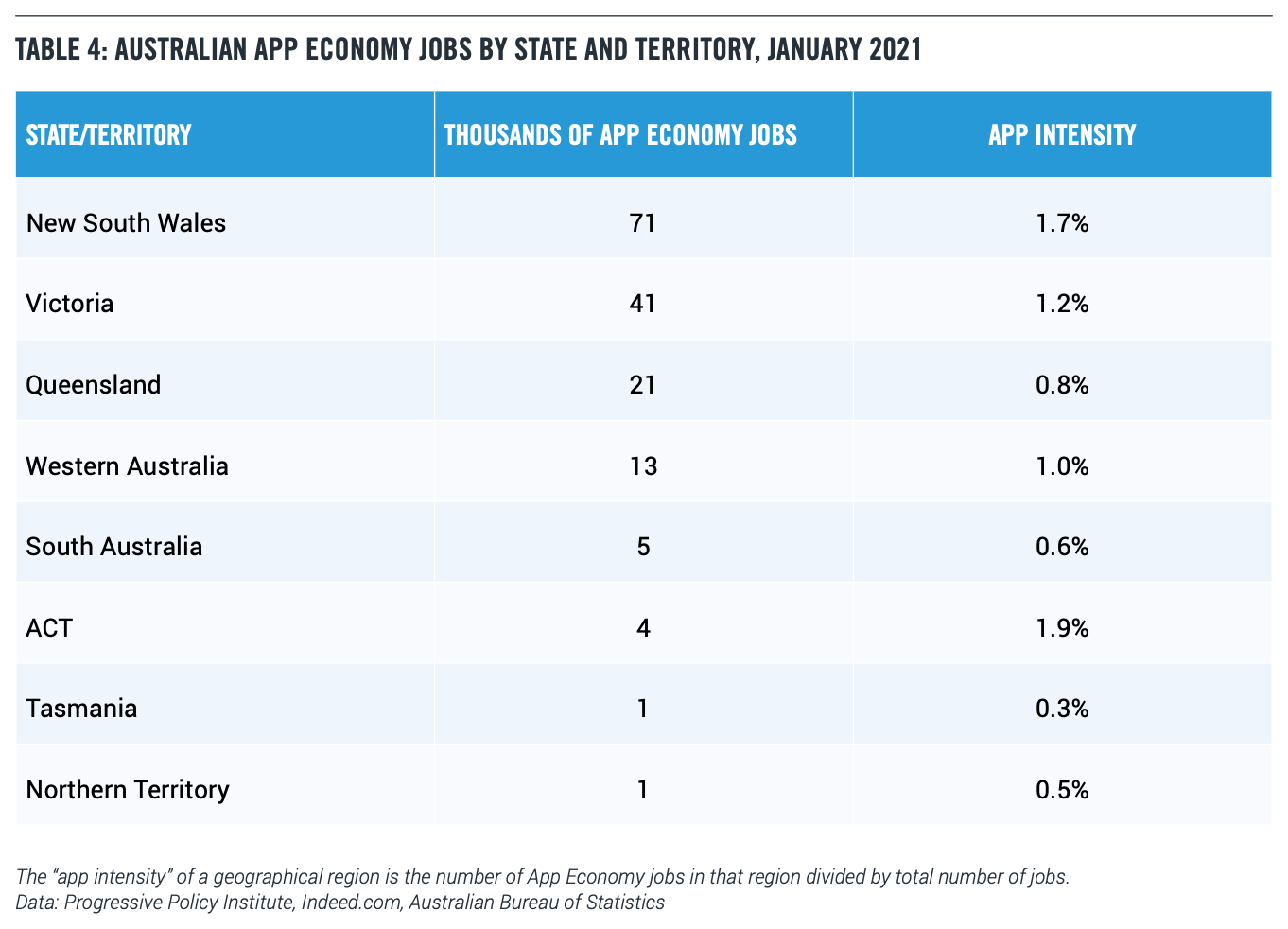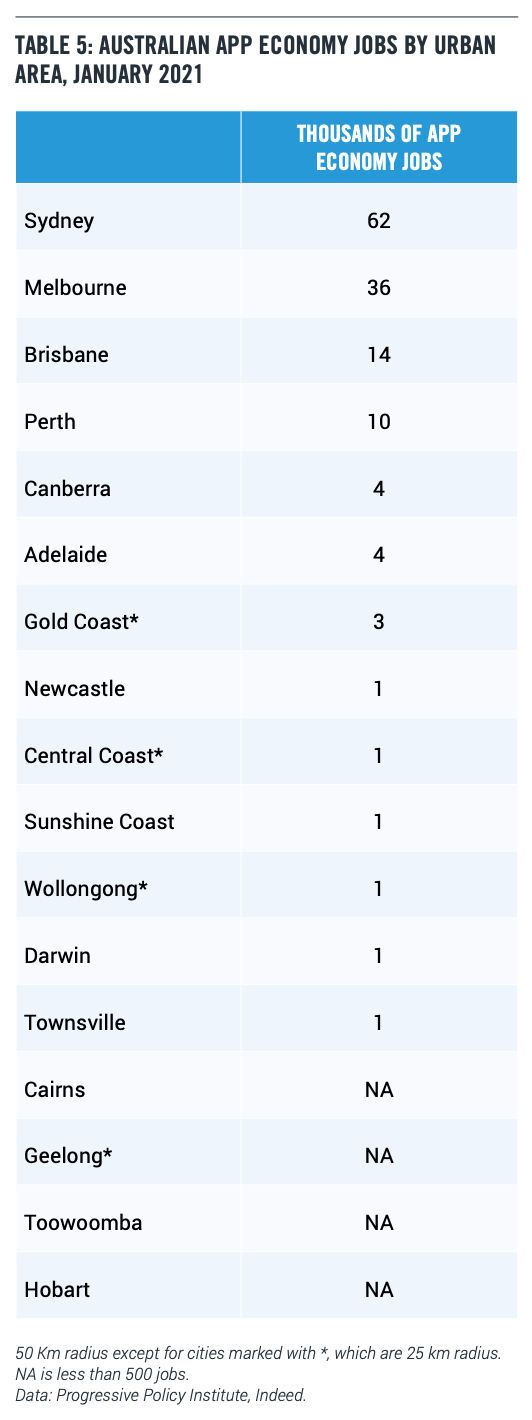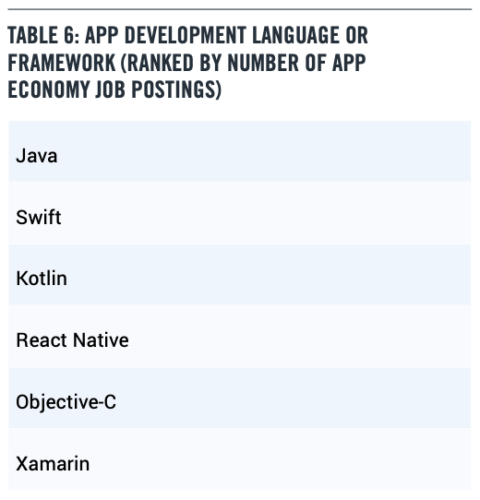When teachers locked up their classrooms last March, few thought that a year later schools would still be shuttered and that millions of children would lack access to essential services, such as meals, and that millions of jobs would be lost, leaving many individuals and families struggling to put food on the table. America’s hunger crisis is now so acute that a recent analysis found that the number of children not getting enough to eat was ten times higher during the pandemic, while nearly 1 in 6 adults – or close to 24 million Americans – reported that their households did not have enough to eat sometimes or often in the past seven days.
The sharp rise of hunger during the pandemic is yet another woeful legacy of the Trump administration’s mishandling of the Covid crisis, including trying to deny access to food relief by placing unnecessary bureaucratic barriers on states and even attempting to kick nearly 700,000 unemployed people off of food assistance in the midst of a once-in-a-century public health crisis. President Biden has thankfully made quick progress to address the hunger crisis through executive action and proposed legislation, but there is more work to be done to make our federal anti-hunger policy more resilient going forward for the next crisis, and to address the structural barriers to food affordability and access.
In his first week in office, President Biden signed an executive order that will help alleviate the hunger crisis by increasing benefits of the Pandemic-EBT program (P-EBT) and the Supplemental Nutrition Assistance Program (SNAP), as well as calling for the Agriculture Department to modernize the Thrifty Food Plan to better reflect the cost of a market basket of foods upon which SNAP benefits are based. Biden’s American Rescue Plan will also significantly bolster food assistance programs around the country. Collectively, these changes should make food aid more generous and better targeted.
However, many anti-hunger innovations were born of necessity during the pandemic, and these should serve as lessons learned going forward to better prepare for a future crisis. The P-EBT program has been a success at bridging the gap in nutrition for low-income children who used to obtain meals through programs at their schools, but who could no longer do so with schools closed. This program should be studied to see if it can be converted to a Summer EBT option going forward. Furthermore, to stay ahead of a future crisis, researchers at the Center on Budget and Policy Priorities have suggested that Congress “leverage the P-EBT structure to create a permanent authorization for states to issue replacement benefits (similar to P-EBT, and perhaps renamed “emergency-” or E-EBT) in case of lengthy school or child care closures resulting from a future public health emergency or natural disaster.” This would make it easier for states to act quickly and not rely on Congressional action should schools need to close in the future. Finally, Rep. Suzanne Bonamici has introduced a bill that would more effectively allow schools to distribute free meals to students and other community members in need, and to extend meal service for afterschool meals and snack programs. These measures would make our systems nimbler and more responsive should a future disruption, national or local, occur.
America’s hunger crisis did not start with the pandemic, and policymakers should go further to address three key underlying causes and structural barriers to food access and affordability. First, the White House should focus on stricter antitrust enforcement in the food industry. The U.S. food and agriculture industry is concentrated, with a few large firms dominating many markets, which can drive up consumer prices on basic nutrition staples. Second, Congress should enact the HOPE Act, introduced by Reps. Joe Morelle and Jim McGovern and Senator Kirsten Gillibrand (D-NY) which would create online accounts that enable low-income families to apply once for all social programs they qualify for, rather than forcing them to run a bureaucratic gauntlet that makes it difficult for low-income Americans to get public assistance. Third, Congress should take up legislation, such as the bipartisan Healthy Food Access for All Americans (HFAAA) Act put forth by Sens. Mark R. Warner, Jerry Moran, Bob Casey, Shelley Moore Capito, that incentivizes food providers to set up shop in rural and hard-to-reach communities to improve food access for the estimated 40 million Americans living in “food deserts” that lack a nearby grocery store or food pantry or bank.
Food insecurity is not just a moral issue, it also has economic and social costs. Adults who go hungry are less productive and are more likely to suffer from chronic illness. Hungry children are more likely to get sick and fall behind in school. One in five Black and Hispanic households report they are unable to afford food. Poor nutrition and soaring rates of metabolic disease are a drag on the economy and contribute to rising healthcare costs and early deaths in minority and low-income families that are disproportionately more likely to experience poor nutrition and health as a result of food insecurity. And a boost in food assistance programs has even been found to speed economy recovery during a downturn and serve as an “automatic stabilizer”, an added bonus of fighting hunger during the Covid recession.
It’s time for a new national commitment to wiping out hunger and malnutrition in America. The pandemic and the associated hunger crisis have taught us valuable lessons that we should use so that we can be better prepared to face a future crisis and to curb hunger in America.
*Veronica Goodman is the Director of Social Policy at the Progressive Policy Institute. In her role, she develops and analyzes policies designed to help lift more Americans out of poverty and to strengthen the middle class, focusing on social mobility, inequality, labor, and modernizing social services. Veronica earned graduate degrees in economics and public management from Johns Hopkins University, and her undergraduate degree from The George Washington University.
You can find Goodman’s full paper on a comprehensive federal approach to the hunger crisis here.
This piece was published on On Food Law, a forum for food law scholars to discuss ideas and to share work, managed by the Food Law Lab at Harvard Law and the Resnick Center for Food Law & Policy at UCLA Law.









